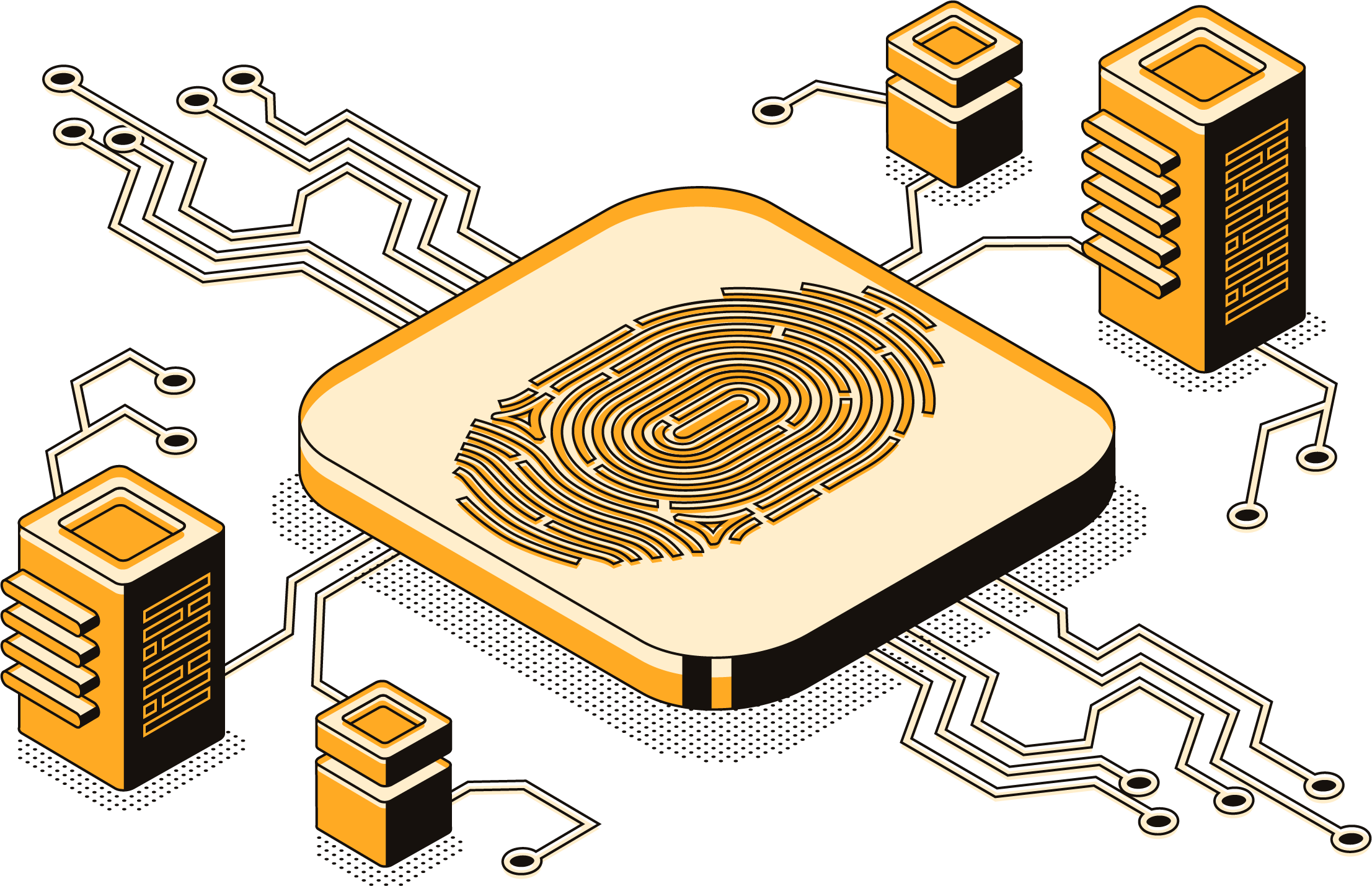Welcome to our helpful resources.
Cyber fraud is an increasingly prevalent issue, affecting individuals and businesses alike. With the rise of digital transactions and online activities, it is essential to stay informed about potential threats and how to mitigate them. Numerous resources are available to help navigate the complex landscape of cyber fraud, offering valuable information on prevention, detection, and recovery.

This guide aims to provide advice to parents, grandparents, carers, guardians, siblings, and children themselves, highlighting key things to look out for to stay safe online.
Romance fraud, also known as a romance scam, occurs when fraudsters use a fake profile to trick victims into believing they are in a genuine romantic relationship, with the aim of exploiting them for money or personal information.
SIM swap fraud occurs when a fraudster convinces your mobile phone provider to transfer your number to a SIM card they control.
This guidance explains what Sim Swap fraud is how best to protect yourself against it.
Two-Factor Authentication (2FA) is a simple step that adds an extra layer of security to online accounts by requiring a second form of verification, in addition to a password.
This is a basic overview of what 2FA is and how to implement it on your online accounts.
Passwords are vitally important in securing personal data and every step must be taken to ensure all available advice and guidance to keep safe and secure online is followed.
This is a basic overview of essential measures you can take to ensure password security.
This is a simple step-by-step guide to help you recover a hacked Facebook account. In this video we guide you through the necessary steps to recover access to your Facebook account if you believe you have been hacked.
This guide aims to empower older adults to navigate the digital landscape safely and securely. It provides insights into common online scams, identifies red flags to watch out for, and outlines steps to take in case of suspected fraud.













